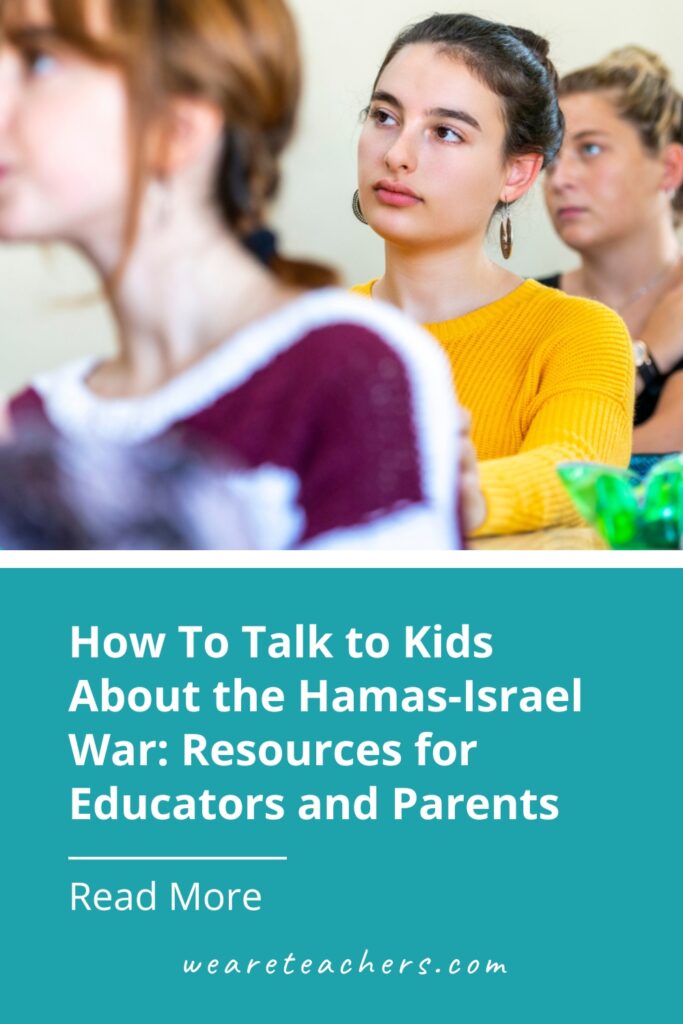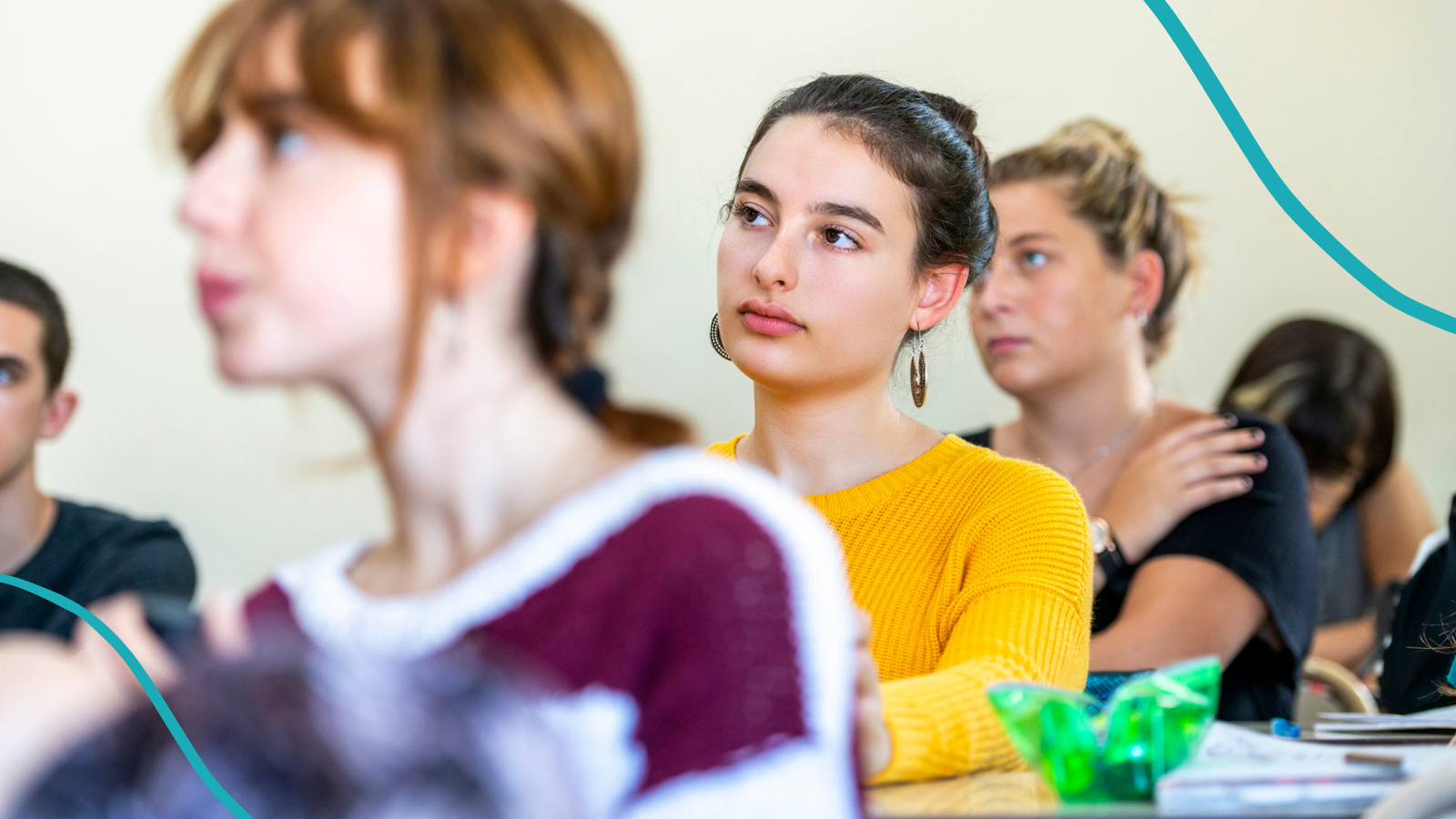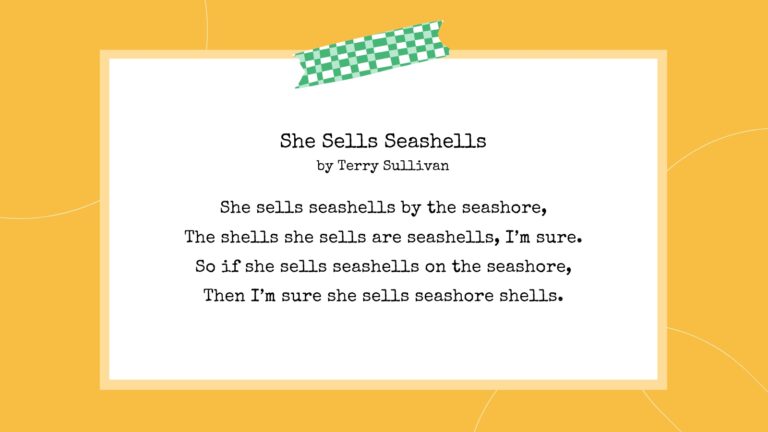Watching news coverage of the violence erupting in Gaza is enough to fill anyone with stress and fear. Parents and educators are faced with an intimidating task: talking to kids about the Hamas-Israel war. With so many factors to consider, broaching the subject can feel overwhelming.
Though it may be challenging, research suggests talking about war and conflict with children is beneficial for them. For one thing, older children are likely already seeing news from a variety of sources. And younger students may struggle to understand where their home is in relation the violence they’re seeing. As educators, we share the responsibility of addressing these concerns to support students emotionally and academically. After all, a student who feels unsafe won’t be able to fully engage in your lessons.
Here are some general guidelines to consider in talking to kids about war:
- Consider and filter what information is age-appropriate. What might be appropriate for high school sophomores to discuss will likely be different from what is appropriate for fourth graders to discuss.
- Keep dialogue open. Present information objectively and encourage critical thinking, empathy, and understanding.
- Monitor media exposure. Particularly when it comes to photos and videos.
- Promote tolerance and empathy. Employ special sensitivity in speaking about innocent civilians and the losses their communities are grieving.
We’ve gathered a selection of teacher-trusted resources to help you navigate these conversations in the classroom. Each selection provides a slightly different angle on discussing challenging topics. It’s worth taking the time to explore them to decide which strategies are best suited to your students.
Learning for Justice
Resource list: Discussing War and Conflict: Resources for Educators, Parents, and Caregivers
Formerly Teaching Tolerance, Learning for Justice focuses on “social action to address injustice.” LFJ is dedicated to providing resources for teachers to facilitate conversations around standing against injustice. Their resources include an award-winning magazine, curricular and professional development resources, and Oscar- and Emmy-winning films. LFJ also equips teachers with strategies to tactfully respond to biased remarks and debunk stereotypes.
San Diego County Office of Education
Resource list: Resources for Educators, Families To Discuss the Events in Israel and Gaza With Students
The San Diego County Office of Education is dedicated to serving the needs of “historically underserved students and families.” Part of this mission includes arming the teachers in their 42 school districts (and beyond!) with resources to discuss uncomfortable topics, including how to talk to kids about the Hamas-Israel war. These conversations can be intimidating for teachers. While it’s not a magic solution, a research-backed, standards-aligned lesson plan can help ease some of the anxiety. SDCOE has already found them for you and provides links to lesson plans from highly accredited organizations across a variety of grade levels.
This lesson plan from Facing History can be used for grades 6-12. If you teach older students, consider this option from PBS. Elementary teachers, allow SDCOE to connect you with resources from the American Psychological Association to help children feel safe and secure in the classroom.
New York Family: Talking to Kids About the Israeli–Palestinian Conflict
Resource list: Talking to Kids About the Israeli–Palestinian Conflict: Helpful Resources for Parents
Some parts of our country have larger Jewish and Palestinian populations than others, and teachers should be aware that their students are more likely to feel the impact in their communities. New York, for example, has the largest Jewish population outside of Israel. Palestinian communities are also integral to the social fabric of the state. Other U.S. states with notably high Jewish populations include Florida and California. Teachers in these states may choose to differentiate their approach using resources from New York Family linked above.
NYF recognizes that families in their state are in need of tools to facilitate conversations around the war and violence in Gaza, and have curated a library to help make it possible. They’ll connect you with age-based guidelines from Common Sense Media starting with the age of 2. These tips, along with advice from UNICEF, will help reassure children of any age and location that despite the horrors of the outside world, they will be loved and protected.
NPR
Resource list: How To Talk to Children About the Violence in Israel and Gaza
This piece highlights expert advice that will give a crash course in responding to students’ questions at a developmentally appropriate level. Featured experts include Waheeda Saif of Massachusetts’ Riverside Trauma Center and Maha Bali, professor of practice at the Center for Learning and Teaching at the American University in Cairo. The 14-minute listening time means you can probably fit it in during your next commute to school.
Which set of resources best meets your students’ needs?
Teachers, you already know that no two students are the same. What brings stress and anxiety to one may leave another seemingly unfazed. And regardless of the intensity of their emotions, all students need to know that their classrooms are safe places where they can focus on learning.
You may have students desperate for reassurance. Use these expert resources and examples to help you navigate talking to kids about the Hamas-Israel war.
For more content like this, be sure to subscribe to our newsletters.


